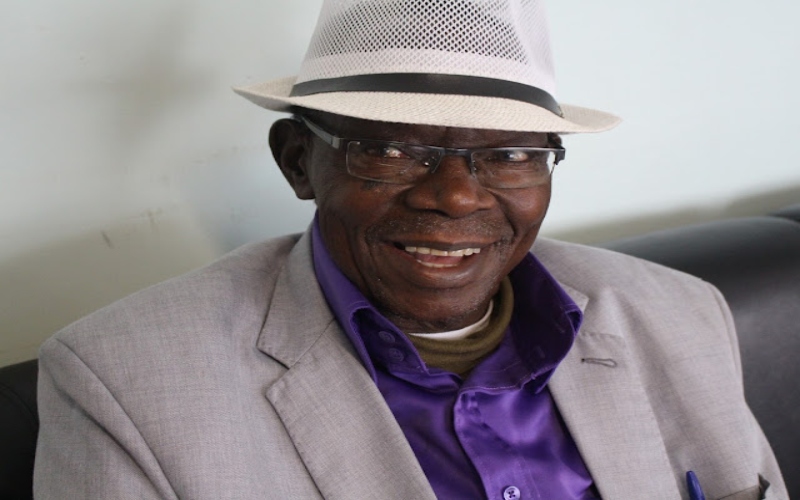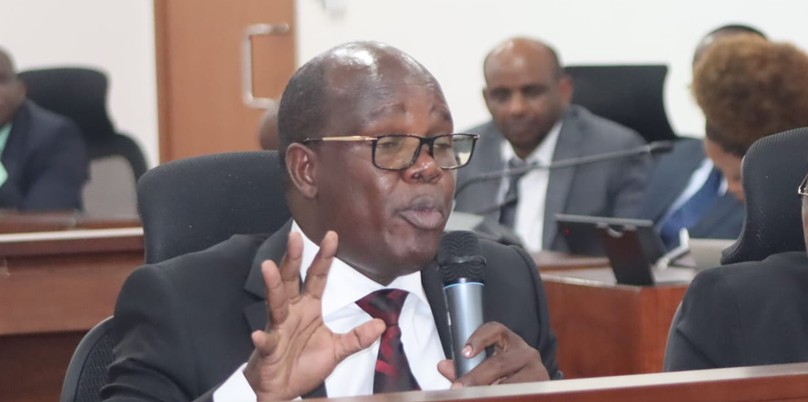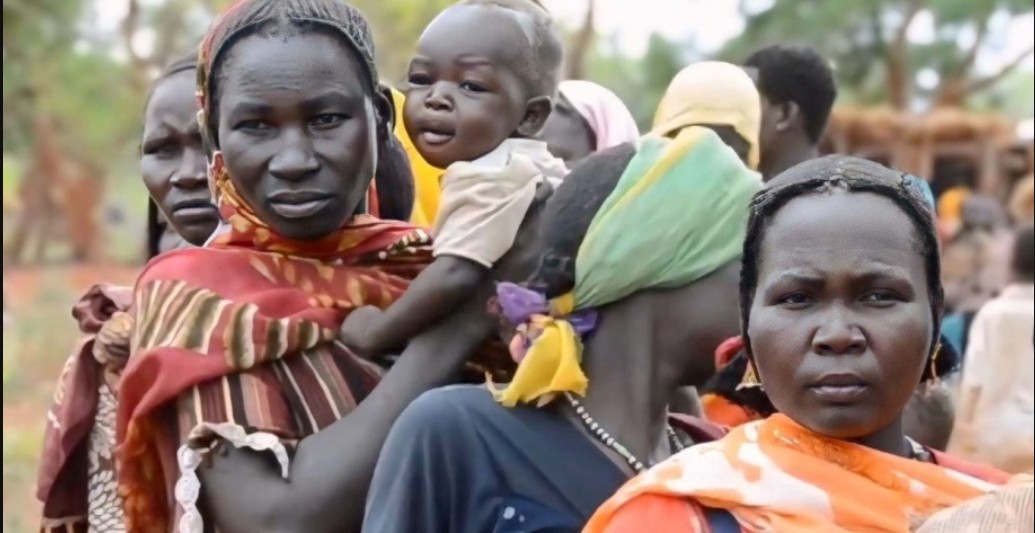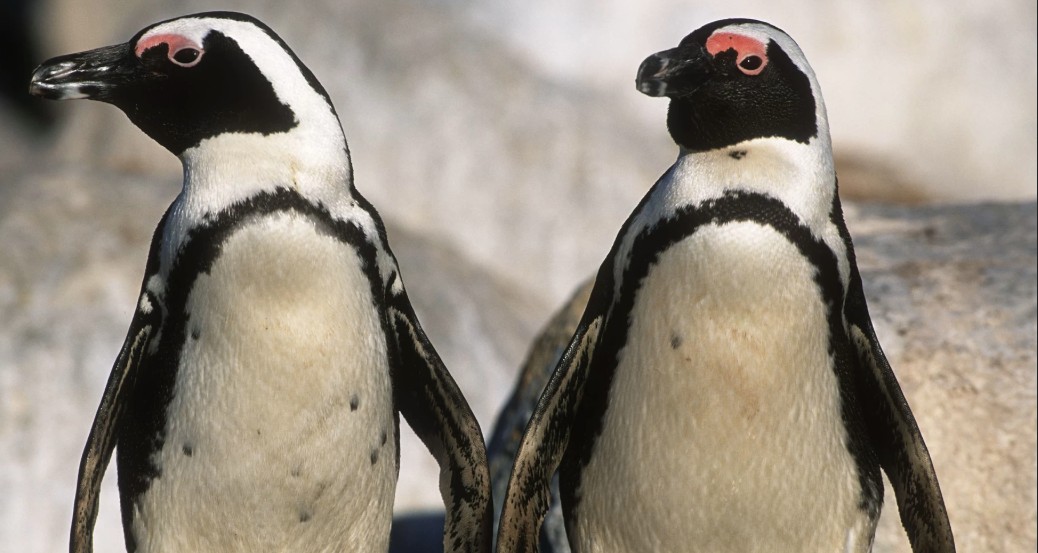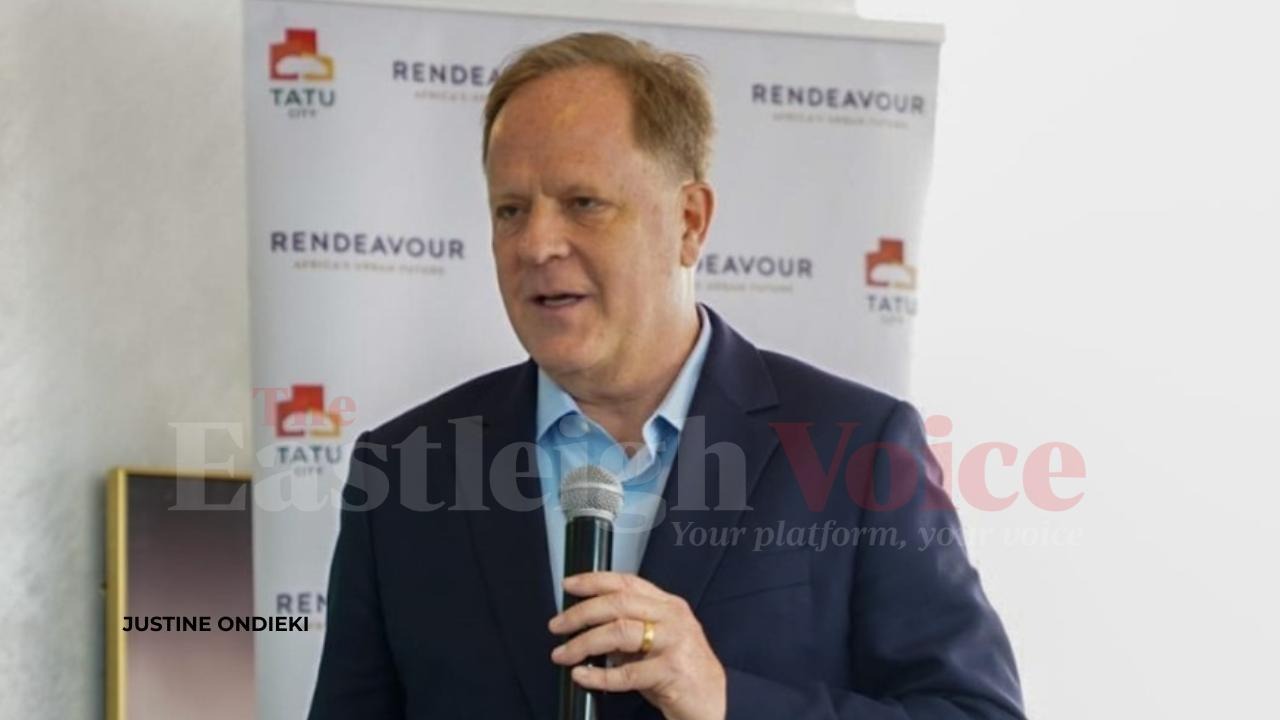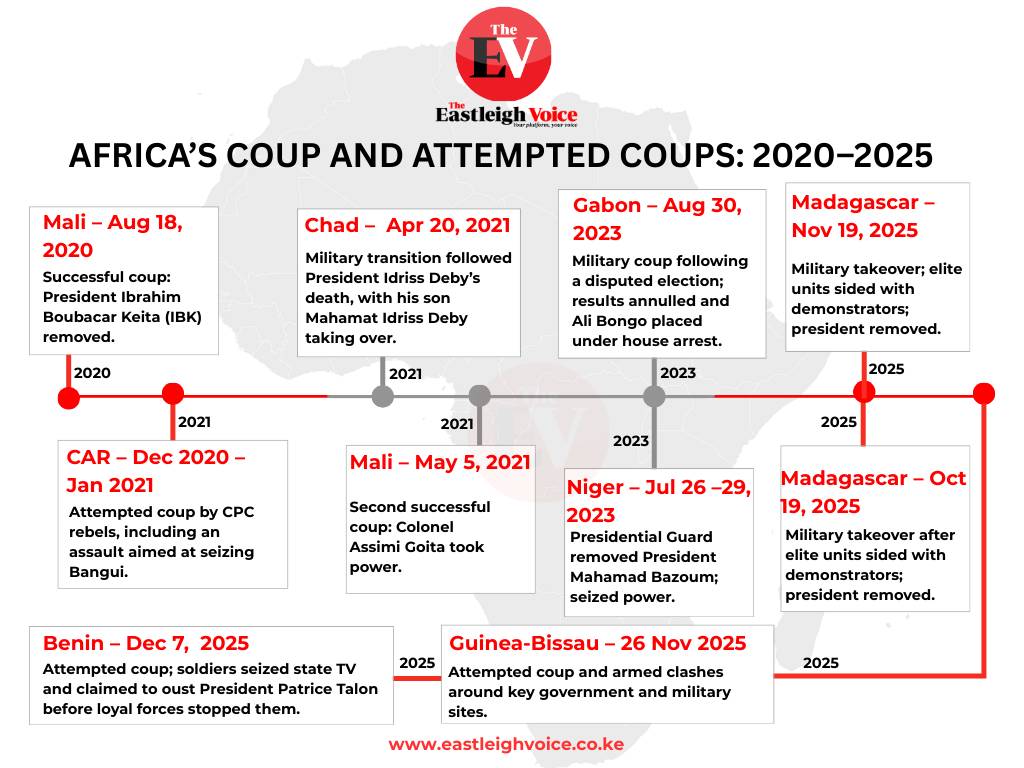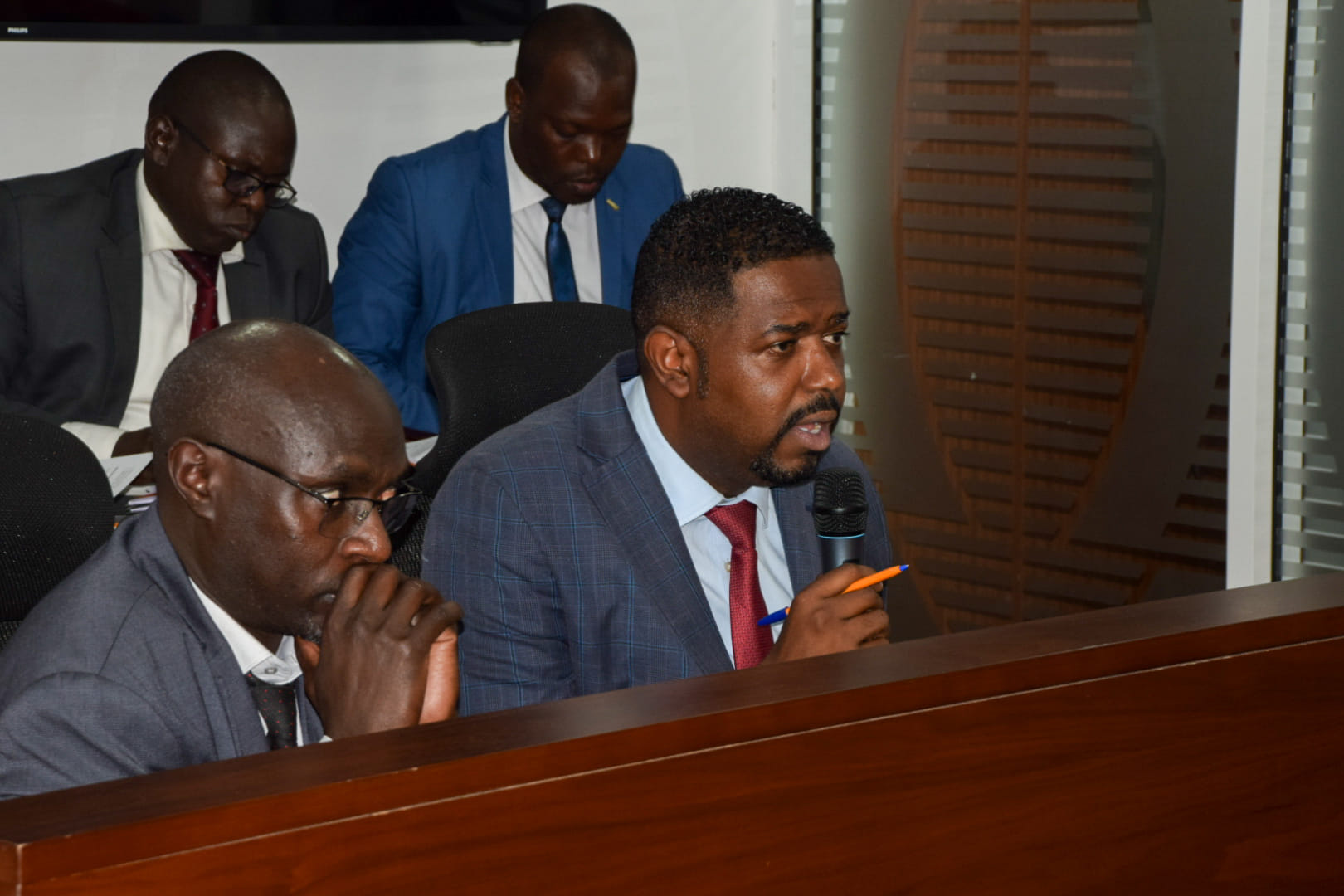African countries shouldn’t have to borrow money to fix climate damage they never caused – economist
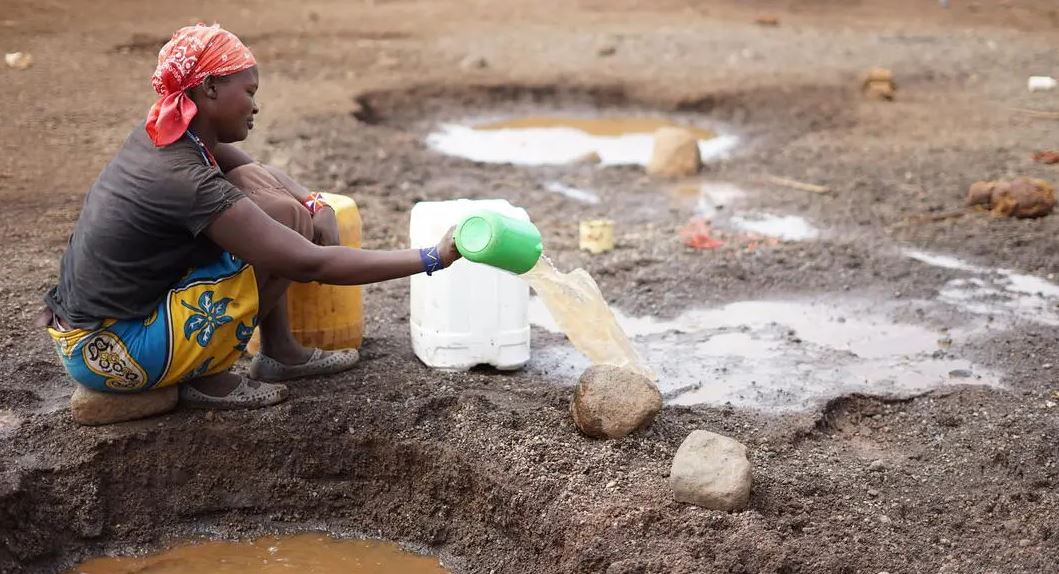
The effects of climate change are causing unprecedented floods, drought and other disasters across Africa. Yet it is becoming more difficult for African countries to access the climate finance they need to adapt to a warming world.
As we approach the global annual climate change conference, COP29, the need for increased public finance from the global north to address climate adaptation in Africa has become more urgent than ever.
However, framing the finance debate solely around this need risks deepening mistrust and downplaying the scale of the challenge. The financial burden of addressing climate change, coupled with limited fiscal space, creates a precarious situation for many African countries. African countries bear no historical responsibility for causing the climate crisis. However, they rely heavily on external financing to solve climate change problems.
More To Read
- Auditor General flags Sh475 million climate summit grant signed four months after event
- African leaders adopt Addis Ababa Declaration as second African Climate Summit ends
- Kenya, Ethiopia to boost cooperation on renewable energy, climate finance as Ruto attends Africa climate summit
- Africa’s top climate change challenges: A fairer deal on phasing out fossil fuels and mobilising funds
- New study warns the world is running out of time to avoid the worst impacts of climate change
- "Existential threat": Ruto calls for joint global action on climate change
Unfortunately, much external climate finance comes from loans rather than grants. This only worsens Africa’s debt burden. There is also not nearly enough money being channelled to Africa to pay for climate change adaptation.
At COP29, African negotiators will undoubtedly focus on reducing dependence on debt and improving access to finance. I’m an economist who specialises in climate change and governance, with a long background at the United Nations and the African Union. Without robust commitments from public financial institutions, Africa will continue to face the dual crises of climate vulnerability and debt.
African countries must use COP29 to tackle systemic biases that inflate risk perceptions, minimise African achievements and inflate its problems. These biases drive up borrowing costs and worsen commodity dependence.
The climate finance gap
The African Development Bank has estimated that Africa needs between US$1.3 trillion and US$1.6 trillion in total climate financing every year between 2020 and 2030. This will enable African countries to meet their commitments to reduce greenhouse gas emissions, known as nationally determined contributions.
The Global Center for Adaptation estimates that Africa requires at least US$52.7 billion annually for adaptation every year until 2035. However, this figure could rise to US$106 billion. This is because data gaps allow for double counting of financial contributions. There is also very little transparency about the real amounts of climate finance being disbursed. Because nationally determined contributions are focused on mitigation, carbon depletion tends to be measured without accurate calculations of the amount of emissions that are captured, or carbon that is conserved.
The United Nations Development Programme says that Africa’s nationally determined contributions mean the continent needs about US$2.8 trillion by 2030 for climate mitigation. However, Africa contributes only 4% of all greenhouse gas emissions currently. It needs funds for adaptation to adjust to climate change that is already changing the lives of many, rather than for mitigation.
But only about half of the climate finance received by Africa in 2022 was for adaptation (US$4.6 billion). The rest of the climate finance addressed mitigation or a mix of both, in line with the global north’s agenda.
 Residents walk in a flooded area during rescue operations in Maiduguri, northern Borno state, Nigeria September 12, 2024. (Photo: REUTERS/Ahmed Kingimi)
Residents walk in a flooded area during rescue operations in Maiduguri, northern Borno state, Nigeria September 12, 2024. (Photo: REUTERS/Ahmed Kingimi)
Worse still, 64.5% of adaptation financing came from loans, which need to be repaid. This will increase the financial strain on African nations.
Loans versus grants for climate change adaptation
Multilateral financial institutions such as the International Monetary Fund (IMF), the World Bank, and the Organisation for Economic Co-operation and Development through their Development Assistance Committee, handed out US$8.33 billion to Africa in 2022 for climate action. But most of this – US$5.4 billion – was loans. Only US$2.9 billion was grants, with a small fraction in equity investments.
These loans come with lower-than-market rates or extended repayment terms. But they still add to Africa’s external debt, which reached US$1.12 trillion in 2022. African countries’ debt repayments are twice what they get as climate finance.
The United Nations Framework Convention on Climate Change says developed countries are responsible for financing climate adaptation in vulnerable regions. However, loans that create a huge debt burden only enrich global financial institutions at the expense of African countries.
The effects of climate change are causing unprecedented floods, drought and other disasters across Africa. Yet it is becoming more difficult for African countries to access the climate finance they need to adapt to a warming world.
Why is the situation worsening?
First, access to climate finance remains a bureaucratic nightmare with complex application processes. There also needs to be more transparency in fund allocation. The recently established Loss and Damage Fund could assist. It is meant to channel money to countries worst affected by climate change to pay for the damage caused.
Second, the focus on reforming Bretton Woods institutions and development finance institutions is shifting attention away from the obligations developed countries have signed up for. This distracts developing nations from making reforms in trade, taxation and financial regulations that could drive more meaningful results.
Third, there is a lack of liquidity (access to fresh money) needed to propel investment or allow countries to bridge their budget deficits. African countries are forced to juggle paying for healthcare, education and infrastructure development with paying back debt. Some spend more on debt repayments than healthcare.
Increased tax efficiency and domestic savings, such as the savings maintained by pension funds, could be used. This should be the priority while the fight for better international conditions continues.
Fourth, the distinction between development finance and climate finance is becoming an impediment to progress. The conversation should move away from getting African countries to prioritise greenhouse gas emission reductions at the expense of other development priorities. Climate action is under-implemented and underfunded. The focus must be on excessive dependency on aid and rather promote market incentives to encourage the private sector to invest in climate adaptation in Africa.
Fifth, African negotiators must address the structural barriers that limit access to finance. For example, biased risk perceptions by credit rating agencies prevent African countries from securing finance. Restrictive prudential rules from the Bank for International Settlements intended to preserve international financial system integrity have proven unfavourable to the transformation of the African economies.
Sixth, Africa should make use of regional climate finance platforms and set up cross-border climate change adaptation projects that benefit more than one country.
This will allow Africa to pool resources, coordinate demands and make it easier to negotiate better terms for climate finance. Just energy transition partnerships create an opportunity for countries to secure renewable energy funding for the transition from fossil fuel. Success will depend on effective coordination and regional solidarity in international climate negotiations.
Seventh, African countries have a strong potential to use carbon markets to finance climate initiatives, provided they have control over them. Nature-based solutions can go hand in hand with reforestation, sustainable land management or conservation while generating carbon credits. These are additional funding opportunities for climate adaptation efforts in Africa.
This moment demands bold leadership and a united front to rewrite the rules. African countries must secure the commitments and resources at COP29 that are needed to build a sustainable future.
Top Stories Today




